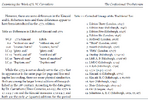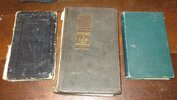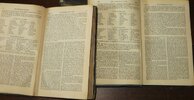ZackF
Puritan Board Professor
I currently have this paperback version that is falling apart. The other day I heard the infamous crack that accompanies most glued books after a time. Does anyone have this version? How well is it constructed? I want something that I can keep a long time and eventually rebind when it becomes necessary.








